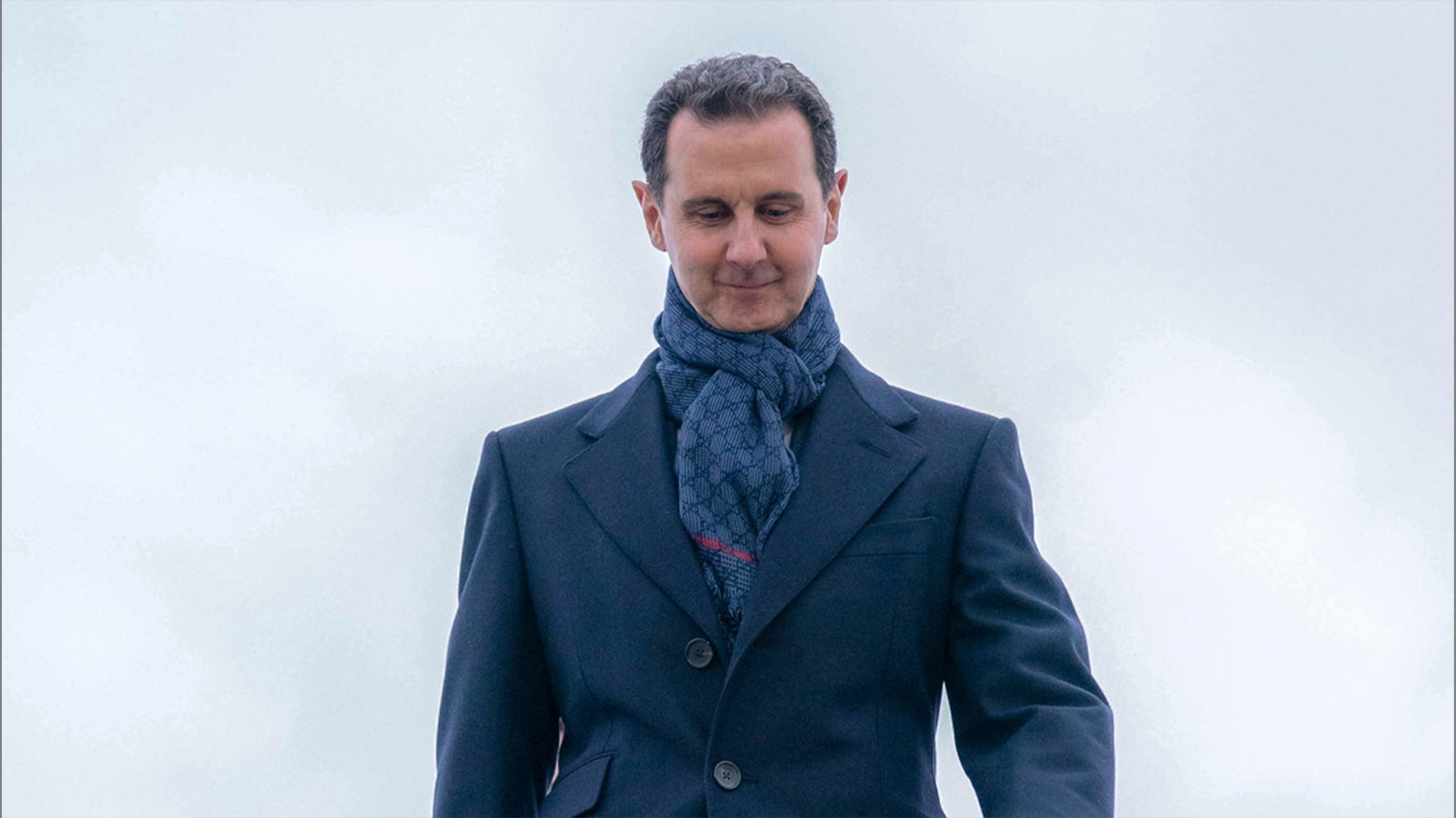Assad's Midnight Escape: Inside the Secret Airlift of Syria's Vanishing Wealth
A Reuters investigation found the covert operation, dubbed "The Group," used a leased jet and was backed by Assad’s inner circle and Syria’s security forces.

By Kamaran Aziz
ERBIL (Kurdistan24) — As rebel fighters closed in on Damascus in December 2024, Bashar al-Assad’s crumbling regime quietly executed a covert airlift operation, ferrying millions in cash, luxury goods, and sensitive documents out of Syria and into the United Arab Emirates.
According to a major investigative report by Reuters, the clandestine operation—code-named by insiders as involving "The Group"—was carried out using a leased Embraer Legacy 600 jet, with direct support from Assad’s inner circle and under the cover of Syria’s Air Force Intelligence and Republican Guard.
The aircraft, bearing the tail number C5-SKY and registered in Gambia, made four consecutive flights from Syria to Abu Dhabi's Al Bateen Executive Airport between December 6 and 8. The final flight departed from Russia's Hmeimim military base near Latakia, just hours before Assad himself reportedly fled to Russia. According to Reuters, the jet carried black bags filled with at least $500,000 in cash, as well as hard drives and documents that mapped the vast corporate empire sustaining Assad’s personal fortune.
Yasar Ibrahim, Assad’s top economic adviser and a U.S.-sanctioned figure, orchestrated the extraction of valuables and senior regime personnel, including relatives and aides. Ibrahim is said to have arranged the lease of the plane from Lebanese businessman Mohamad Wehbe, although Wehbe denied ownership and any involvement in the mission when contacted by Reuters.
Flight tracking data and satellite imagery reviewed by Reuters confirmed the jet’s movements, while witnesses at Damascus International Airport described heightened security, camouflage-clad Air Force Intelligence officers, and the presence of elite Republican Guard vehicles with tinted windows. According to a former Republican Guard officer cited in the report, such operations could only have been authorized by Assad or his cousin General Talal Makhlouf.
The jet's cargo included paintings, sculptures, and confidential financial records outlining Assad’s entanglements in telecoms, real estate, banking, and energy sectors across multiple jurisdictions. These records, assembled by Assad’s confidants over years, are believed to hold key evidence of asset holdings and offshore accounts now being targeted by Syria’s new transitional government led by President Ahmed al-Sharaa.
According to the Reuters report, the Sharaa administration is actively working to track and reclaim stolen public wealth smuggled abroad in the final days of Assad’s rule. A senior government official confirmed that financial resources had been removed from the country just before the regime’s collapse, though specific recovery efforts remain ongoing.
The operation culminated with the December 8 flight from the Russian-controlled Hmeimim air base. A satellite image captured by Planet Labs showed the Embraer C5-SKY jet on the tarmac at 9:11 a.m., coinciding with eyewitness testimony and flight tracking data. Aboard that final flight was Ahmed Khalil Khalil, a key associate of Ibrahim, also under Western sanctions, who reportedly carried $500,000 in cash withdrawn days earlier from a Syrian bank account linked to the regime’s opaque investment network.
The jet was described by Ibrahim’s associates in WhatsApp messages reviewed by Reuters as “the Lebanese plane.” The aircraft’s ownership trail spans the UAE, Gambia, Lebanon, and Iraq, involving multiple entities including Flying Airline FZCO and Flying Airline Company.
While the UAE and Russia have not commented on their roles in the operation, eyewitness reports cited in the Reuters investigation suggest that Emirati diplomatic vehicles were present at the Damascus airport during the transfers—hinting at tacit regional complicity.
In the chaotic hours before Assad’s departure, as his forces lost control of the capital, this tightly managed operation ensured that the outgoing regime secured its most sensitive assets. The newly installed Syrian authorities have pledged to recover what was taken, but the full extent of Assad’s economic footprint—and how much was spirited away—remains to be uncovered.
